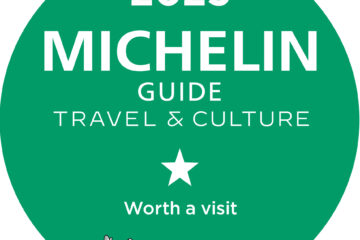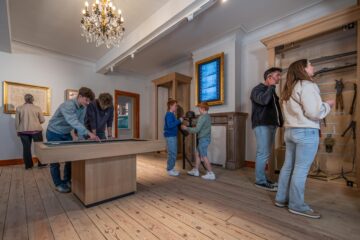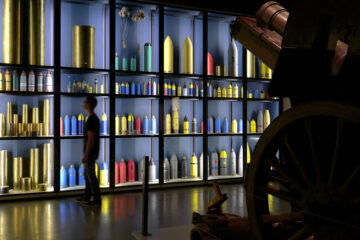On 25 May 2022 the Passchendaele Museum launches, an online geoportal, “Names in the Landscape”, with the support of the Flemish Government and Library and Archives Canada. This online portal shows where more than 1,400 Canadians who fell in combat were killed or presumably buried. By adding personal and military data, the museum wants to preserve and unlock these stories. Everyone can contribute by sharing information on the portal.
Names in the Landscape brings Canadian personal stories online
With ‘Names in the Landscape’, the Passchendaele Museum wants to give a tangible place in the landscape to as many as possible of the 6.928 missing Canadians whose names are engraved on the Menin Gate.. With the help of volunteers of the Genootschap Passchendaele Society 1917, the museum digitised and inventoried the details of these Canadians through the online sources of Library and Archives Canada. The result is an online geoportal where everyone can find information about which missing Canadians have been given an initial burial or death place.. Every visitor can add information, stories, anecdotes or photographs of a soldier and contribute to an online platform for relatives, interested individuals, museums, etc. Click here for the geoportal.
Online and active participation
The Passchendaele Museum is not just calling for information to be shared online. For years, the museum has prided itself on sending its visitors out into the countryside via various hiking and cycling routes. For ‘Names in the Landscape’ this can be done via three hiking loops: the 1917 Passchendaele Route (8 km, 7 km or 6 km), the 1916 Zillebeke Route (7.5 km) and the 1915 St. Julien Route (5 km). The loops tell the story of the Canadian men who lost their lives along every road, on every corner. With these walking routes the museum, as an ‘open museum’, also wants to create a stronger link between the historical facts and the landscape.


